Get to Know the New Exercise and Sport Science Graduate Program
Amerigo Rossi, Ed.D., is an associate professor in the School of Health Professions and the director of the new exercise and sport science master’s program. Students enrolled in the program will have the option to delve into one or two concentrations: kinesiology, which will be offered in-person on the Long Island campus, and coaching administration, which will be offered online. Rossi shares more about the program, which is enrolling students for September 2025.
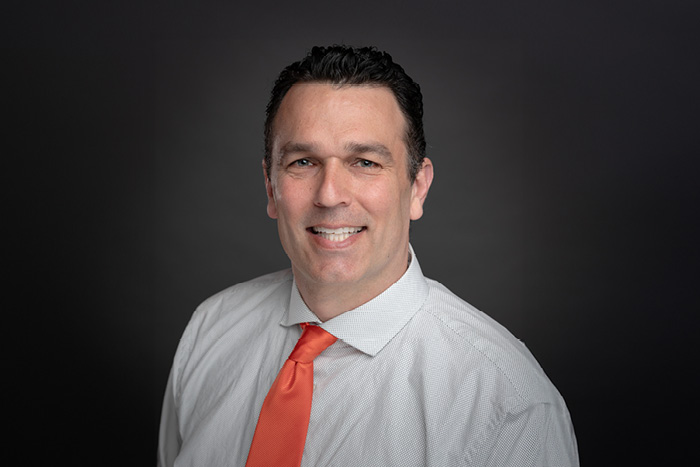
Amerigo Rossi
Who do you anticipate will want to enroll in the master’s program?
We researched the industry and what students want and need. We saw two distinct groups that could benefit from this program. Working sports professionals—such as a high school coach or someone who runs a recreation league for their city—work during the day, so they can take online courses for the coaching administration concentration. The other group is fitness professionals. For example, there’s a growing field of exercise physiologists in hospitals. They need hands-on education, so there will be in-person classes for the kinesiology concentration.
What’s happening with the graduate program now?
We decided to move forward with the master’s program as a natural next step to the successful undergraduate program that started four years ago. Currently, I am creating online courses, hiring faculty to teach and create content, and working with Admissions to recruit students. We’re collaborating with the School of Management on a dual M.B.A./M.S. curriculum and the School of Architecture and clinical nutrition department in the School of Health Professions to offer relevant electives. We’re starting a program from scratch, so we have to create a handbook to guide students and help them navigate the process.
How is architecture related to exercise and sport science?
Exercise is good for everything—chronic disease, depression, longevity. So, how do we develop structures and sustainable interventions that help people want to exercise? Where we’ve gone wrong, for example, is telling people to take the stairs instead of the elevator, but then we put elevators front and center while the stairs are tucked away. So, we can change the way we build buildings: The stairs can be easily accessible, bright and airy, and decorated with murals, things like that.
I’m working on a project with the American Medical Association to study the built environment for physician well-being. Lighting and acoustics and artwork and reduced clutter—all of these things can change the way we feel, which can change how we behave rather than having to make a conscious effort to go exercise.
How will the exercise and sport science master’s program incorporate aspects of architecture?
Three of the elective courses will address health design with the School of Architecture. Students will learn how they can talk to people about using space in their homes in a different way. Right now, people don’t always have space to do yoga or exercise, so how can they redesign their homes to make that possible? Our students will be able to provide holistic knowledge: It’s not always necessary to go to the gym; you can design your space and use your home in a different way.
How will clinical nutrition electives and management classes benefit exercise and sport science students?
We believe that providing a holistic approach to education will provide our students with a more complete understanding of their prospective careers, which will enhance their ability to thrive in these dynamic markets.
Nutrition is a natural pairing with kinesiology because it provides our students with an additional tool to help people improve exercise performance and live healthier lives.
Our coaching administration students will benefit from learning more about the business theory behind successful sports and recreation organizations. We will be offering a 4+1+1 program in which our undergraduate exercise science students take prerequisites for an M.B.A. during their bachelor’s program. Then they will complete the M.S. in exercise and sport science and the M.B.A., so they’ll earn three degrees from New York Tech in six years.
What is your favorite part of your work?
I love being in the classroom more than anything. As a professor, I’m a facilitator for discussion. I listen to students and guide them because they have experience and knowledge that’s valuable. They can learn from each other, and that’s empowering.
This interview has been edited.
By Ashley Festa
More News
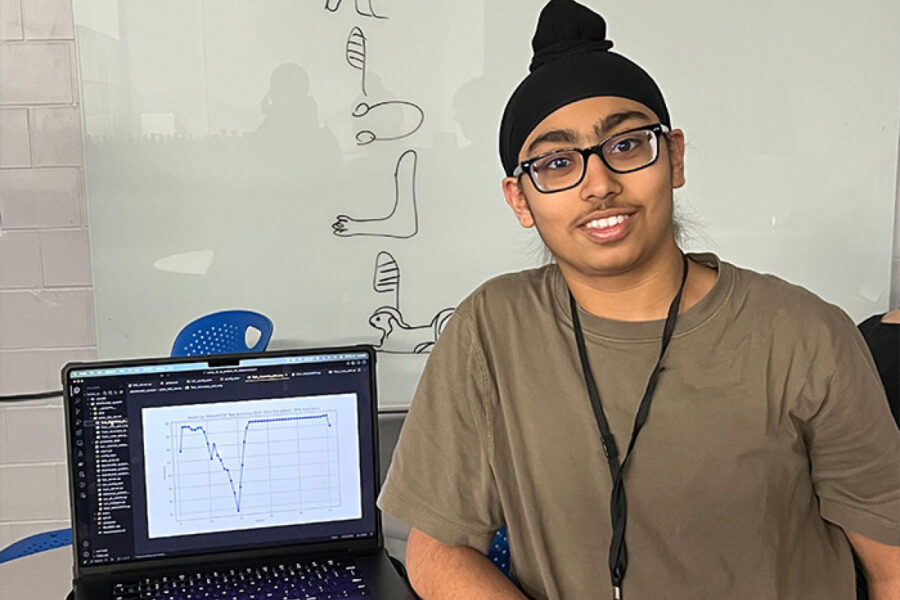
Awarding High School Researchers
New York Tech has completed the eighth year of its Mini-Research Grant Awards program, continuing its commitment to undergraduate research and encouraging high school students to pursue STEM fields.
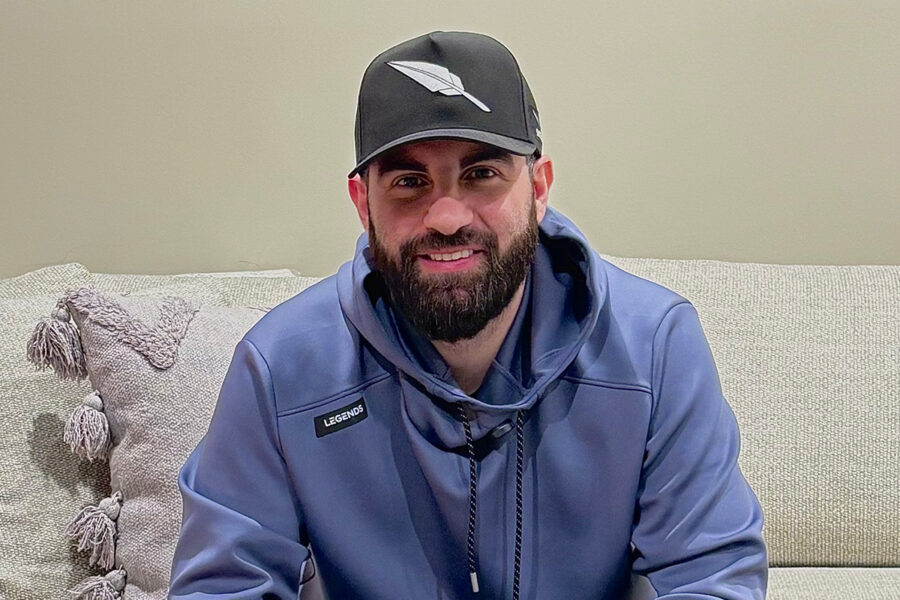
Symbol of Movement
Doctor of Physical Therapy student Sofoklis Sarellis is hard at work launching his athletic footwear company, Symbol.
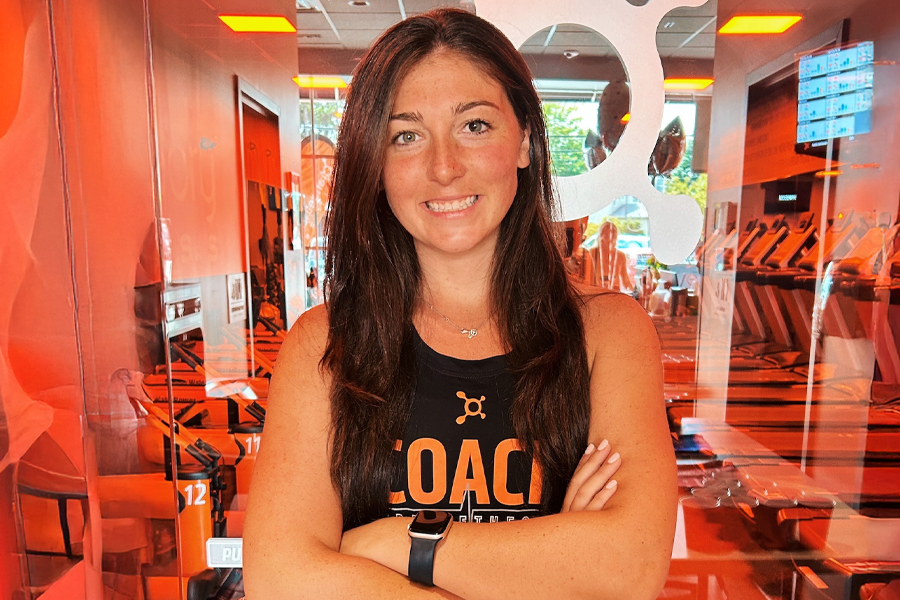
Working it Out
Physical therapy student Shannon Townsend combines her classroom learning and Orangetheory Fitness coaching to deliver best practices to her patients.
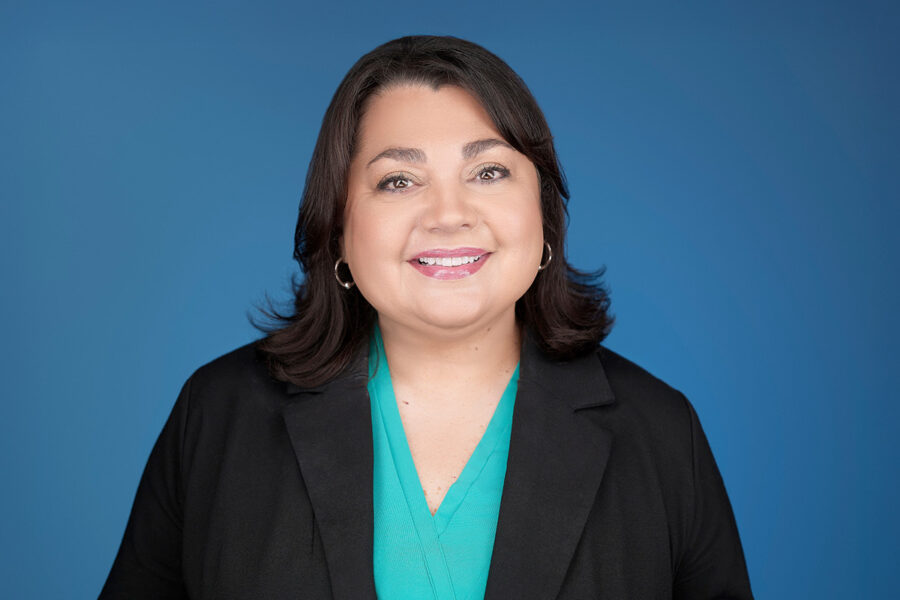
Re-envisioning Our University’s Libraries
Millie González, M.L.I.S, M.B.A., has joined New York Tech as the first dean of libraries.
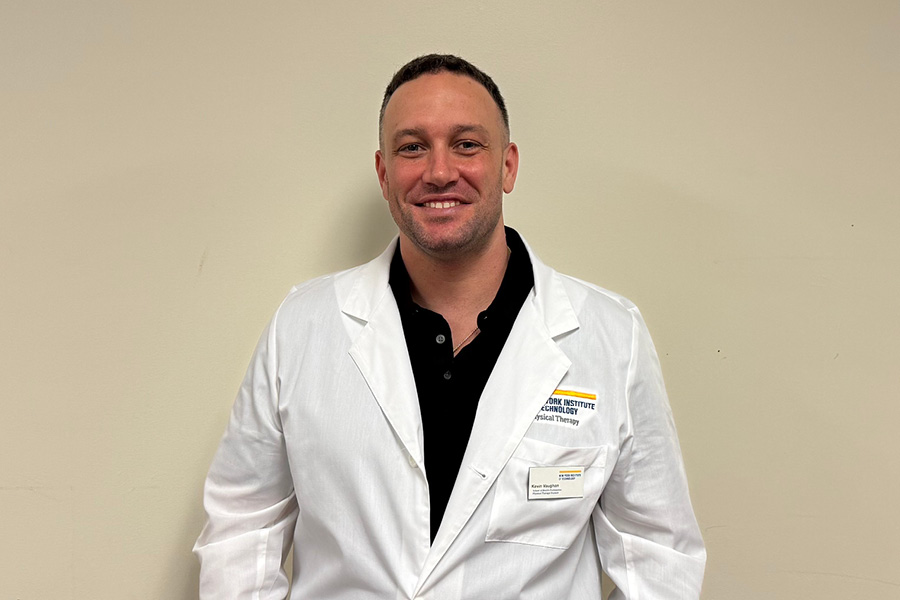
Providing a Light in the Dark
Doctor of Physical Therapy student and military veteran Kevin Vaughan’s recovery from combat injuries has inspired him to pursue a career where he can inspire and help heal others.
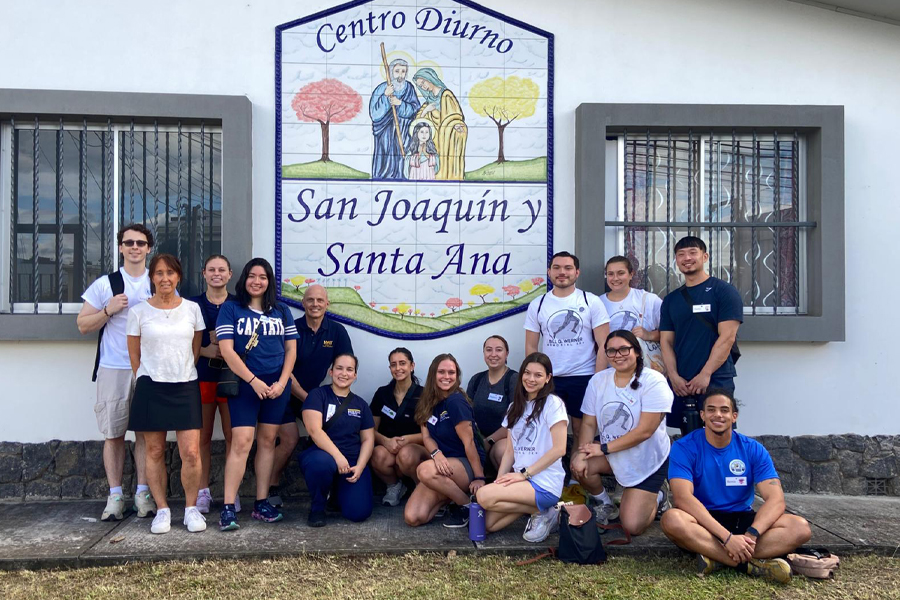
Finding “Pura Vida” in Costa Rica
Future physical therapists discovered why the nation has one of the world’s most regarded healthcare systems and longest life expectancies.